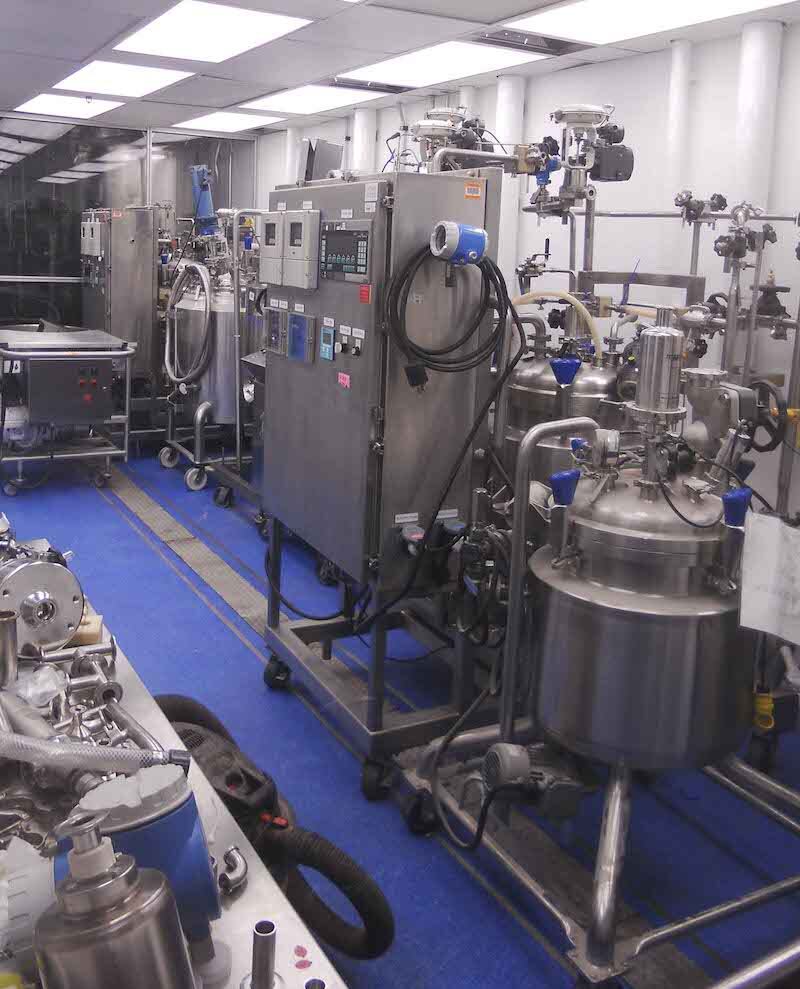“Liposomal technology has been around since the 1960s, but liposomes have traditionally been hard to produce other than in a laboratory enviroment,” liposome expert Bill Heriot told NutraIngredients-USA. Heriot is director of product development for Lippomix, a lipsome technology provider based in Novato, CA.
Potent spheres
Liposomes are tiny spheres built up from phospholipids, primarily phosphatidylcholine, the most prevalant constituent of biological membranes, such as cell walls. The spheres, which in some cases range down to nano size, i.e. less than 400 nm in diameter, can be used to encapsulate efficacious molecules like curcumin that don’t absorb well. This approach offers a chemical advantage to the question of bioavailability that competes with mechanical approaches such as finer grinding of ingredients to offer more surface area. But the cost has remainged a hurdle, at least for what Heriot would consider to be true lipsomes.
“There are companies out there making all kinds of claims and I don’t know how they can do it with a straight face,” Heriot said. “In many cases they are using the word lipsome but what they are really offering is emulsions.”
“True lipsomes, if you looked at them under a microscope, would look like a field of ball bearings,” he said.
The big advantage of liposomal technology comes at the surface of the gut, a layer of cells called the epithelium, Heriot said. A true lipsome will latch onto a cell membrane, which has a simliar structure. It can then deliver its payload, even a balky molecule like curcumin, more efficiently into the bloodstream. ‘Naked’ curcumin, as formulators like to refer to the molecule that has had no bioavailability enhancements, is not soluble, and so uptake is poor, and occurs only mechanically so to speak when a curcumin molecule bumps into a receptor on the gut wall.
Patented technology
Heriot said the high cost of the technology has restricted it for the most part to the pharmaceutical realm. Drug companies are well aware of the technology’s benefits, and because of the far higher prices they usually can command for their products, the approach was affordable.
“Traditionally there have been a lot of very successful drugs in liposome form, and the cost of the lipsome was insignificant compared to the cost of the drug,” Heriot said

Lippomix has a number of patents on its technology. The patented approach allows liposomes to be produced relatively quickly and at lower cost and it also allows a greater payload. Lippomix’s technology yields multilayerd liposomes much like the layers of an onion that allows bioactives to be incorporated between the layers, increasing capacity.
But even though the technology has lowered the cost of lipsomes, it’s still not cheap, Heriot said. It’s important, though, to compare true liposomes to each other, and not to simpler emulsions, he said. And because Lippomix produces for a lot of pharmaceutical clients, the liposomes themselves are produced to drug standards.
“Our phosphatidylcholine comes from soy, but it is a very highly purified form that we get out of Germany. Our phosphatidylcholine has a drug master file attached to it. There is very little regulation in the nutraceutical industry an people are pretty much free to claim what they please. Our process and products are more expensive than anything else that is out there on the market but it is a matter of quality. As they say, there is good, fast and cheap, but you can only have two of those,” he said.
